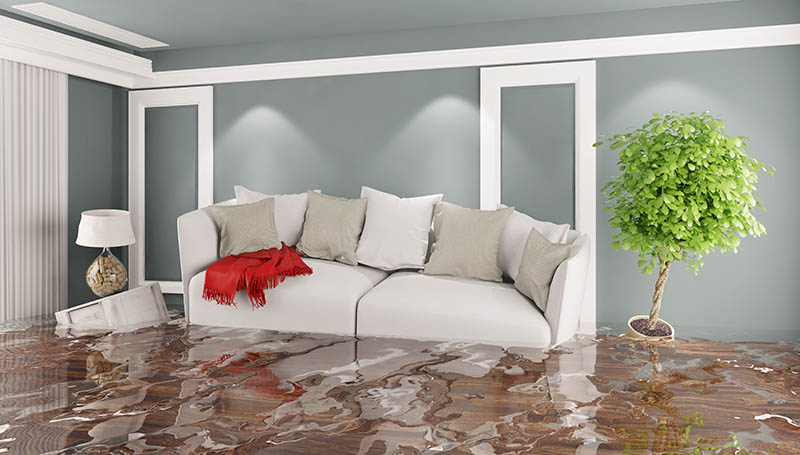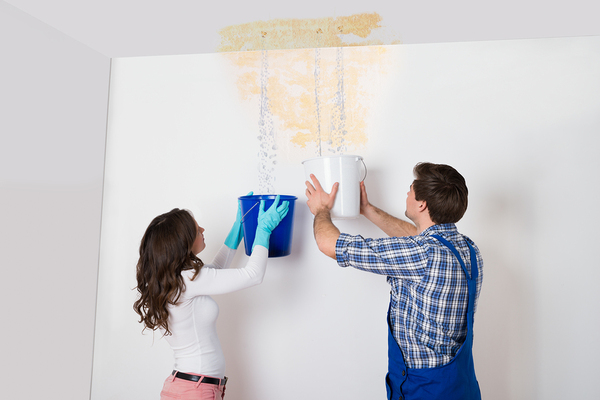What're your insights and beliefs on Most Common Causes of Leaky Pipes?

Leakages not only cause waste of water yet can likewise create unnecessary damages to your house and also promote unwanted natural growth. By looking and comprehending for day-to-day circumstances that create leaks, you can secure your house from future leaks as well as unneeded damage.
Immediate temperature level adjustments.
Extreme temperature adjustments in our pipes can create them to increase as well as get all of a sudden. This expansion and also contraction may cause cracks in the pipes, specifically if the temperature level are below freezing. It would be best if you kept an eye on how your plumbing works. The existence of the formerly stated scenarios frequently indicates a high threat.
Corroded water supply
This could be the cause of discoloration or warping on your water pipelines. If our plumbing system is old, think about changing the pipelines because they are at a greater danger of corrosion than the more recent designs.
Defective Pipe Joints
The factor at which your pipes connect is often the weakest link in the waterline. Pipeline joints can wear away in time, resulting in water leakages. Unfortunately, most of pipeline joints are not quickly visible. If you have loud pipelines that make ticking or banging sounds, particularly when the warm water is activated, your pipe joints are possibly under a lot of pressure. It is advisable to have your plumber inspect your system yearly.
Intruding roots
Many water leaks start outside the residence instead than inside it. You may notice damp spots or sinkholes in your lawn, and that could indicate that tree roots are attacking water lines triggering water to seep out.
Poor Water Connectors
At times, a leak can be triggered by loosened hoses and pipes that supply your home appliances. In instance of a water links leakage, you might notice water running directly from the supply line or puddles around your appliances.
Clogged Drains
Clogged drains might be frustrating and also inconveniencing, but they can occasionally end up creating an overflow resulting in break pipes. Maintain getting rid of any type of materials that might drop your drains pipes that might clog them to prevent such inconveniences.
All the above are root causes of leaks but not all water leaks arise from plumbing leaks; some leakages could originate from roof leakages. All leakages ought to be fixed instantly to prevent water damages.
Leakages not just create waste of water yet can also cause unnecessary damage to your home and promote unwanted natural development. By understanding and looking for day-to-day scenarios that create leakages, you can secure your house from future leaks and unneeded damage. Today, we will look at 6 leakage causes that might be creating your pipes to drip.
At times, a leakage can be triggered by loose pipes as well as pipelines that supply your appliances. In case of a water connections leak, you may see water running straight from the supply line or puddles around your devices.
How To Check For Water Leak In Your Home
How To Check for Leaks
The average household's leaks can account for nearly 10,000 gallons of water wasted every year and ten percent of homes have leaks that waste 90 gallons or more per day. Common types of leaks found in the home are worn toilet flappers, dripping faucets, and other leaking valves. These types of leaks are often easy to fix, requiring only a few tools and hardware that can pay for themselves in water savings. Fixing easily corrected household water leaks can save homeowners about 10 percent on their water bills.
To check for leaks in your home, you first need to determine whether you're wasting water and then identify the source of the leak. Here are some tips for finding leaks:
Take a look at your water usage during a colder month, such as January or February. If a family of four exceeds 12,000 gallons per month, there are serious leaks.
Check your water meter before and after a two-hour period when no water is being used. If the meter changes at all, you probably have a leak.
Identify toilet leaks by placing a drop of food coloring in the toilet tank. If any color shows up in the bowl after 10 minutes, you have a leak. (Be sure to flush immediately after the experiment to avoid staining the tank.)
Examine faucet gaskets and pipe fittings for any water on the outside of the pipe to check for surface leaks.
Undetected water leaks can happen without the home or business owner even realizing. If you suspect a water leak, but not able to find the source. It is time to contact a professional water leak detection service, The Leak Doctor.
How To Find a Water Leak In Your Home
https://www.leakdoctor.com/blog/How-To-Check-For-Water-Leak-In-Your-Home_AE197.html

As a reader about How to detect water leaks in your home, I thought sharing that piece of content was really useful. Are you aware of another individual who is in the market for the niche? Be sure promote it. Thank you for taking the time to read it.
Resolve plumbing disruptions with experts.